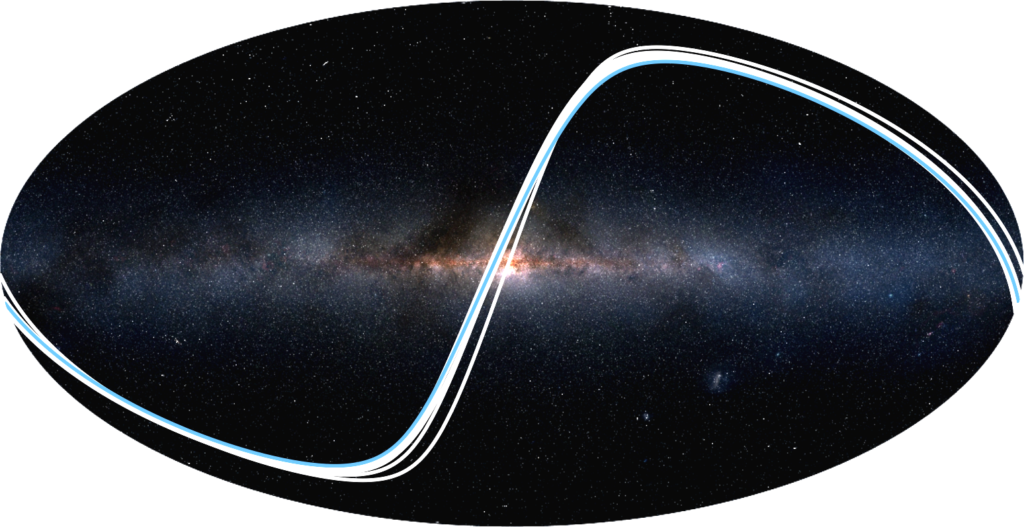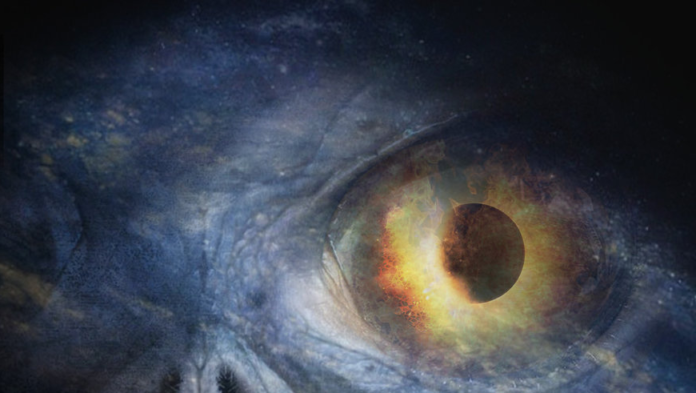While our own astronomers are always on the lookout for extraterrestrial life out there, does anyone think about those out there that may be observing us in the same way? The answer is yes. A recent study carried out by a group of scientists from Queen’s University Belfast and the Max Planck Institute for Solar System Research in Germany have looked into this closer and have discovered that there are at least nine exoplanets that are perfectly placed to observe any transits of Earth.

Exoplanets are the name given to the thousands of planets out there that are orbiting stars other than the Sun. ‘Transits’ are what astronomers call the act of a planet crossing in front of its host star. The new study concentrates on how alien observers would see our Solar System. The authors looked at various parts of our own Solar System to see where the most likely ‘transit zones’ are located. What they discovered was that despite being much smaller, the terrestrial planets (Mercury, Earth, Mars, and Venus) are more likely to be seen than those more distant Jovian planets (Uranus, Saturn, Neptune, and Jupiter).
Robert Wells is a Ph.D. student at Queen’s University, Belfast and lead author of the study. He says, “Larger planets would naturally block out more light as they pass in front of their star. However the more important factor is actually how close the planet is to its parent star – since the terrestrial planets are much closer to the Sun than the gas giants, they’ll be more likely to be seen in transit.” In order to find the best places where outsiders could view our Solar System, astronomers searched for parts of the sky where more than one planet could be seen passing the Sun.
“We estimate that a randomly positioned observer would have roughly a 1 in 40 chance of observing at least one planet. The probability of detecting at least two planets would be about ten times lower, and to detect three would be a further ten times smaller than this,” said Katja Poppenhaeger, a co-author of the study. Altogether the team managed to find no less than 68 worlds where one or more of the planets in our Solar System transit the Sun and could be observed. Although none of these worlds appear to be habitable, nine are in perfect situ to observe transits. The team is also hypothesizing that there are a further 10 exoplanets within a good viewing distance from the Earth is are capable of harboring life.
More News to Read
- Meet the Engineer Who 3D Prints Revolutionary Human-Robotic Arms
- Meteor Shower From Dead Comet Sighted Again
- Will Tesla 3 Pre-orders See the Light of Day and Will This Car Create…
- Future NASA Study Will Focus on the Ocean Worlds of the Milky Way
- Quantum Computer Programming: What You Need to Learn to Get Started?

